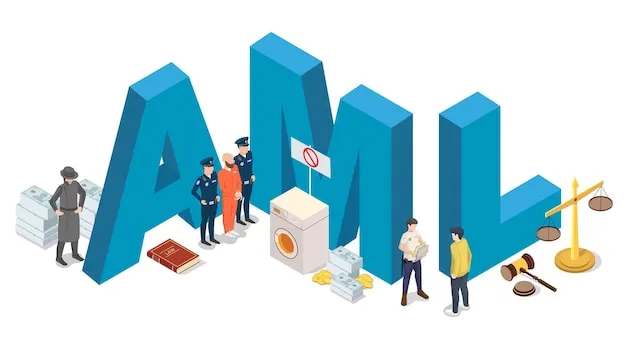The Indian startup ecosystem has grown significantly over the past decade, driven largely by angel investments which play a critical role in early-stage funding. (The number of startups recognized in India has surged from about 20,000 in 2015 to over 1,59,000 by early 2025)
Recognizing the importance of angel investors and aiming to raise the standard of governance and transparency, the Securities and Exchange Board of India (SEBI) introduced a revised regulatory framework for Angel Funds (AIF) in September 2025.
Key Highlights of the 2025 Angel Fund Framework
The most significant transformation lies in the classification and operating norms of Angel Funds under the Alternative Investment Fund (AIF) Regulations. Here are the major changes and how they differ from past norms –
- Accredited Investors and Transitional Provisions– Angel Funds can now only raise money from “Accredited Investors”— people who understand financial risks well. Existing funds have been given a transition window until September 2026, to comply with it fully and shall not offer investment opportunity to more than 200 non-Accredited Investors during this period.
- Minimum Accredited Investor Requirement– For the first close, Angel Funds must have at least five Accredited Investors, encouraging diversified backing and presumably better fund governance.
- Investment Norms and Follow-on Investments–
- The permissible investment range per startup is ₹10 lakh to ₹25 crore.
- Total investment in any investee (including follow-ons) must not exceed ₹25 crore.
In case of an investee company ceased to be a start-up, a follow-on investment is subject to the following conditions:
- Shareholding after follow-on should not exceed the pre-issue shareholding.
- Investors in follow-ons must participate pro-rata to their original commitment.
- Lock-in Period and Exit Norms– The mandated lock-in period for investments is one year, which reflects the medium-term nature of startup funding. A shortened lock-in of six months is permitted if exit happens through a third-party sale, aligning exit timelines with practical transaction windows.
- Classification – Angel Funds shall be considered as Category I AIF – Angel Funds, instead of being a sub-category under Category I AIF – Venture Capital Funds.
- Investor Protection Mechanisms– Precise methods for calculating investors’ pro-rata contribution and clear guidelines on transfer and exit rights are now mandated.
Why Revise the Angel Fund Regulations Now?
Angel Funds help startups get money before larger institutional investors come in. However, as the startup landscape becomes more complex and investor profiles diversify, SEBI introduced the revised framework allowing the accredited investor only. The revised framework addresses these concerns by:
- Make investors feel safer by checking who can invest through robust eligibility and accreditation norms. (It filters out retail money, reducing the risk of disputes when startups underperform)
- Ensure better disclosure norms and operational transparency about how funds operate. (by mandating to report investment-wise valuations and cash flows to benchmarking agencies)
- Balancing risk control with operational feasibility for fund managers (this provides flexibility by reducing lock in period from 1 year to 6 months, in case of third-party sales).
Insights: What This Means for Stakeholders
- For Angel Fund Managers- The shift toward accredited investors may shrink the investor base but improve quality and reduce regulatory complexity linked to managing numerous small investors. This requires the funds to must update the fund documents, upgrade reporting systems, and tighten compliance.
- For Investors- It turns to better protection via disclosure norms, transparent exits, and defined pro-rata rights. However, the accreditation requirement means only financially sophisticated investors can participate, potentially limiting access to smaller investors.
- For Startups- Funds will demand more discipline — valuations, governance, and timely reporting. Startups should be prepared for more stringent fund governance driven by fund managers.
- For the Ecosystem- Overall, the framework is an important regulatory step towards bringing Indian angel investment in line with global standards.
Enhanced compliance obligation –
Revised regulation has mandated with new compliance requirements which adds operational overheads.
- PPM Audit shall be applicable that have made total investments (at cost) exceeding INR 100 crore
- Angel Funds shall report necessary information including investment wise valuation and cash flow data to the benchmarking agencies,
- One-to-one investor consent for drawdowns (i.e. each investor must approve the amount drawn).
Way forward
SEBI’s new Angel Fund framework reflects the maturing of India’s early-stage investment ecosystem. While the revised rules restrict participation from smaller investors and may increase compliance costs and operational complexity, it sets the tone for broader direction. The changes are expected to enhance investor protection, streamline operational clarity for fund managers, greater alignment with global best practices and a smaller but more credible investor pool.
Watch out for more changes in this space!
Author
Rakesh Rana



